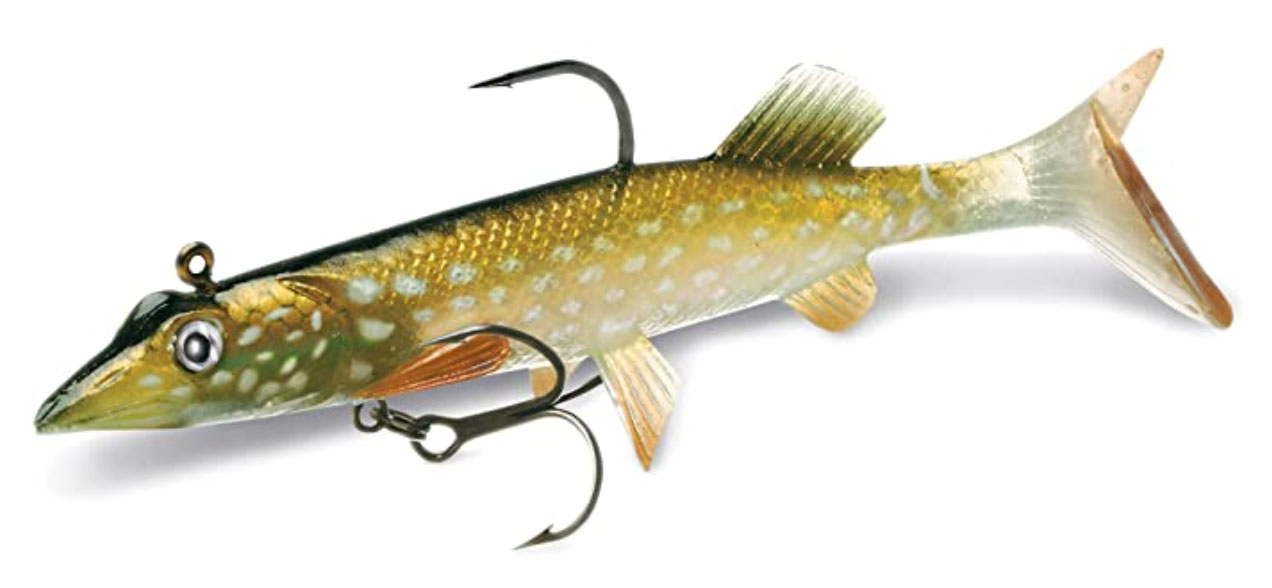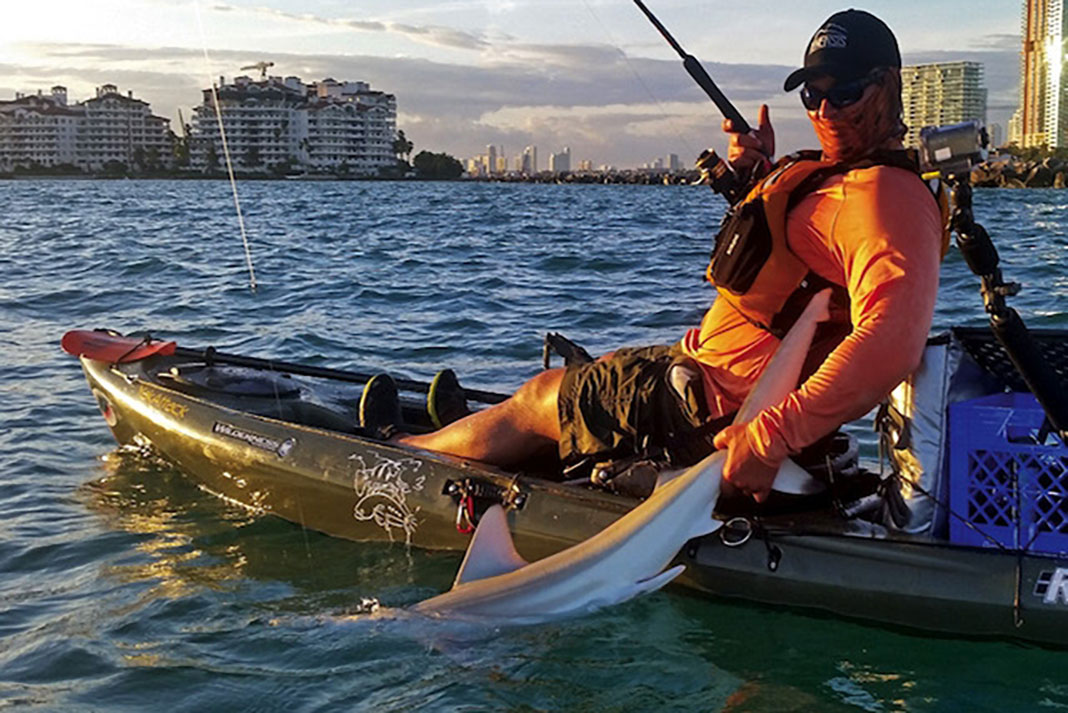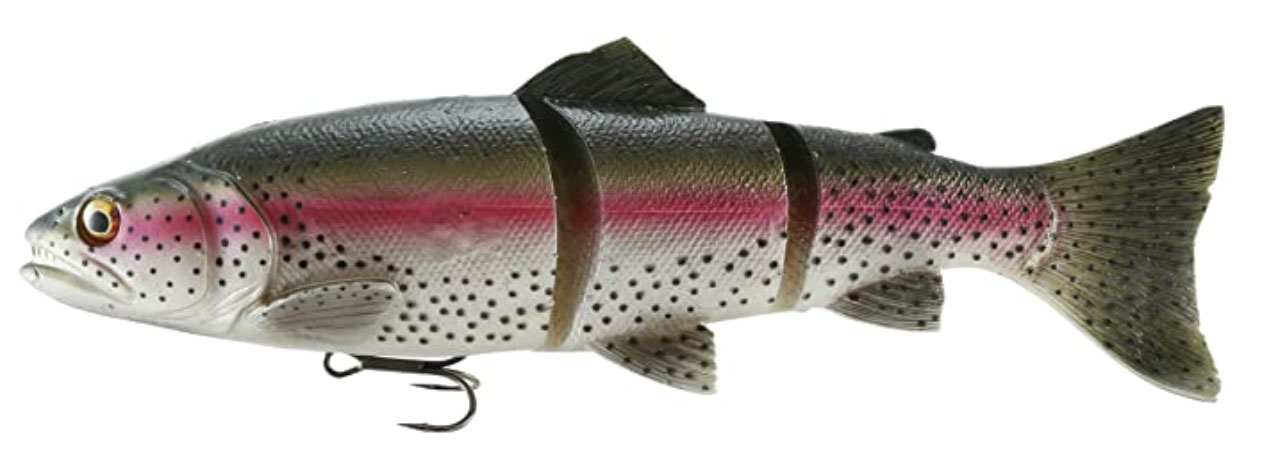You set the hook hard and feel a heavy fish shake its head. Then, the line goes limp. Your lure is gone. “Those #$@*ing toothy critters!” you hurl at the fish gods. While some anglers curse fish with chompers and fangs, these experts embrace a swimming meat grinder. Here’s how to catch three types of toothy fish.
How to Catch Toothy Fish—and Keep Your Fingers
Northern Pike
In the clear waters of Northern Alberta, Mike Zilkowsky, tournament director of the Eastslope Kayak Fishing Classic, needs a lure that looks exactly like the real thing. One of his favorites is a Storm WildEye Pike swimbait. “The secret is to let the lure sink for three to four seconds over deep weed beds, then retrieve it moderately fast,” Zilowsky says.

Pike often come out of nowhere and crush the bait just as the angler is pulling it out of the water to make another cast. “I’ve had a big pike take the lure four inches from the kayak!”
Muskie
Virginia trophy hunter Josh Dolin targets muskie with life-size swimbaits like the Savage Gear Trout. Built off a 3D scan of a real trout, the eight-inch jointed lure is reinforced with mesh to protect against slashing teeth. During the fight, a muskie will jump and shake its head, trying to use the weight of the lure to shake the hook free. The Savage Gear Trout uses a unique design that allows the lure body to slide up the line. This saves many catches and many lures.
Dolin rigs the lure on a four-foot leader of 65-pound fluorocarbon. In addition to being virtually invisible underwater, fluorocarbon is also more abrasion resistant than monofilament. “Muskie are called a fish of a thousand casts,” Dolin chuckles, “so don’t screw it up when you hook one.”
Sharks
Sam De La Torre, a Wilderness Systems pro, has tangled with plenty of sharks off the coast of South Florida. Live mullet are plentiful and sharks can’t resist. He rigs the mullet on a 6/0 hook twisted to a 10-inch leader of 30-pound single-strand wire leader.
He recommends using gloves to handle wire leader boat-side. A pair of dikes will snip wire quickly and cleanly to free the fish and save the angler’s hand. The safest place to grab a small shark is behind the top of the head, but the best policy is to cut the fish loose boat-side. Hooks are more readily replaced than fingers.

This article was first published in the Summer/Fall 2015 issue of Kayak Angler. Subscribe to Kayak Angler Magazine’s print and digital editions, or browse the archives.
Be sure to grab the right end when you’re fishing for toothy trophies. | Feature photo: Sam De La Torre







